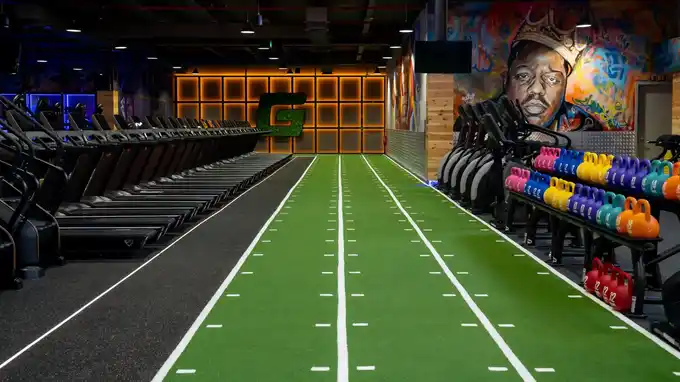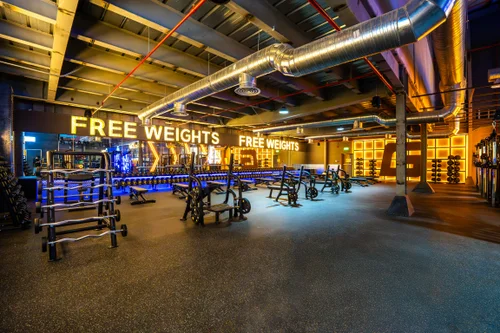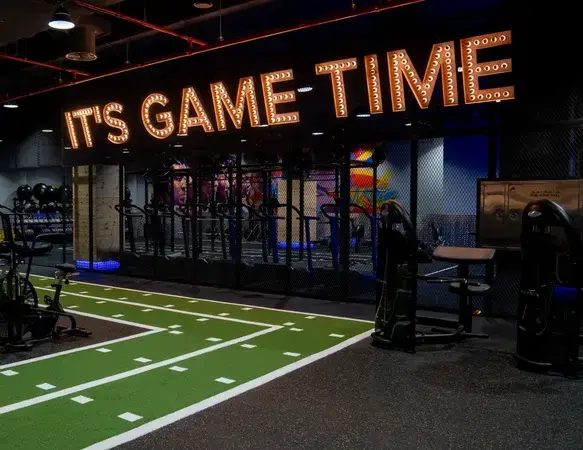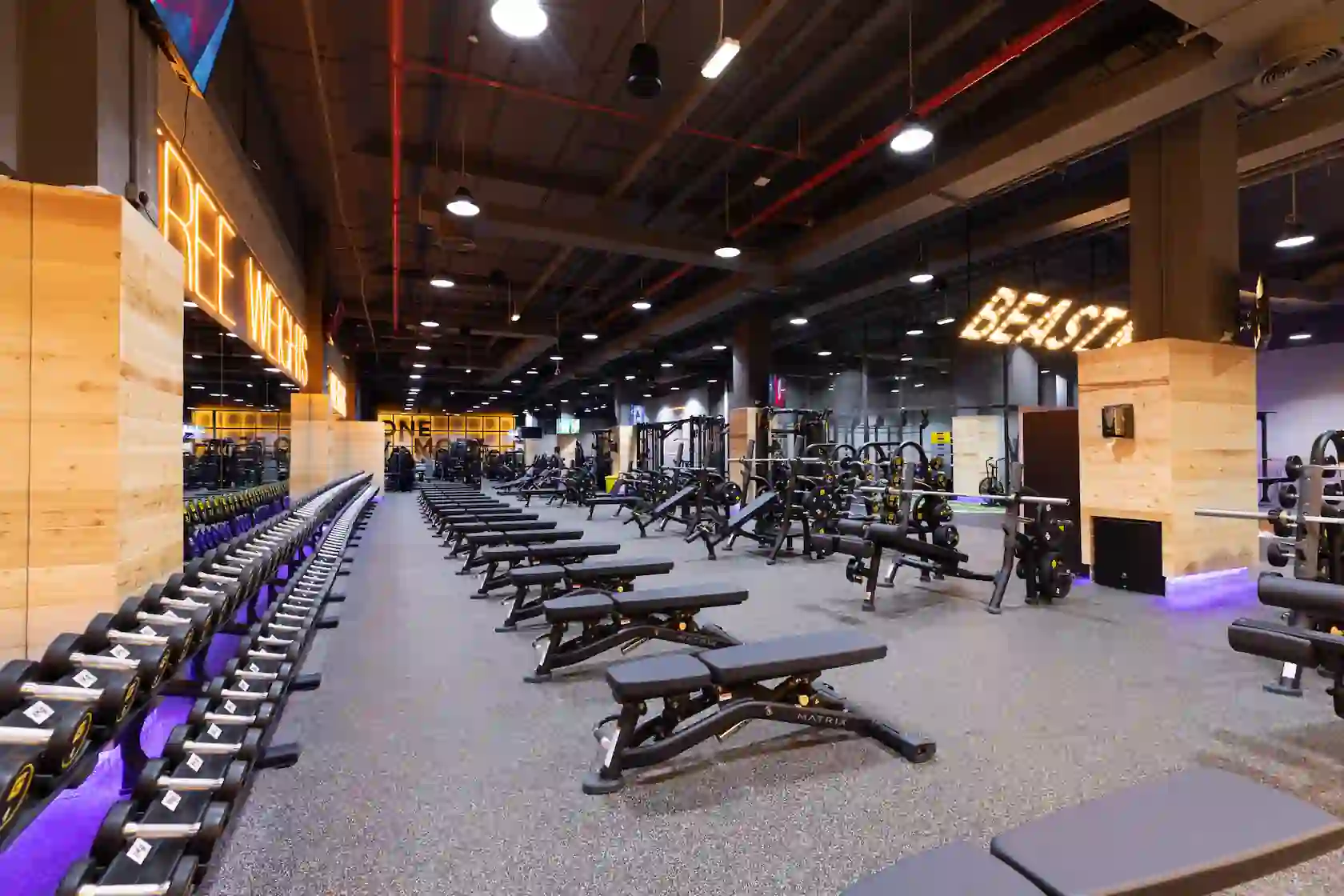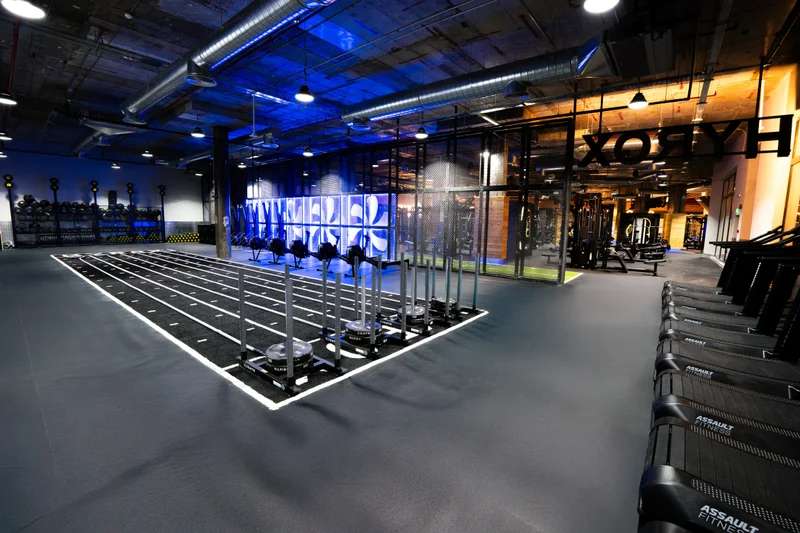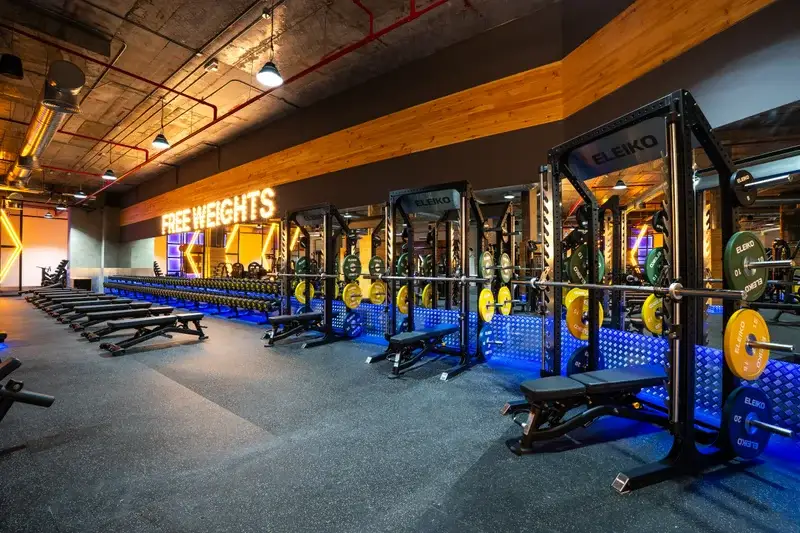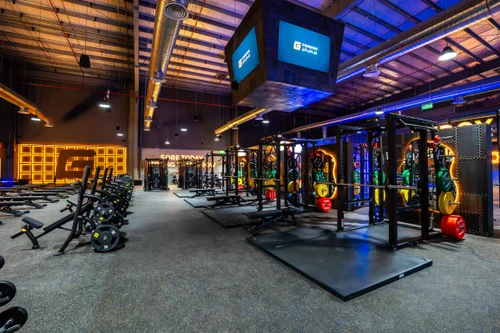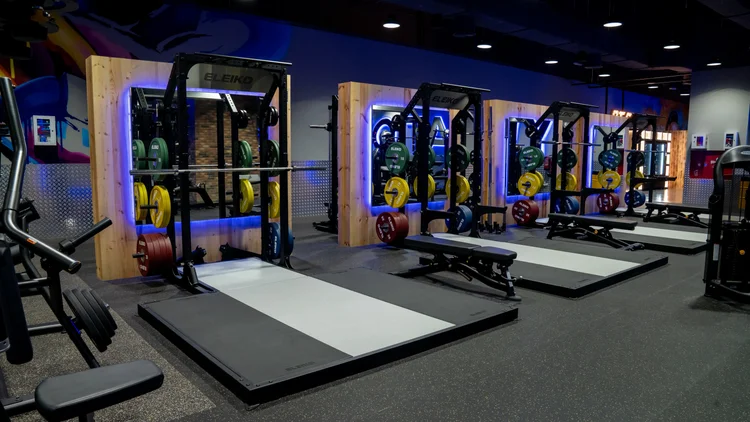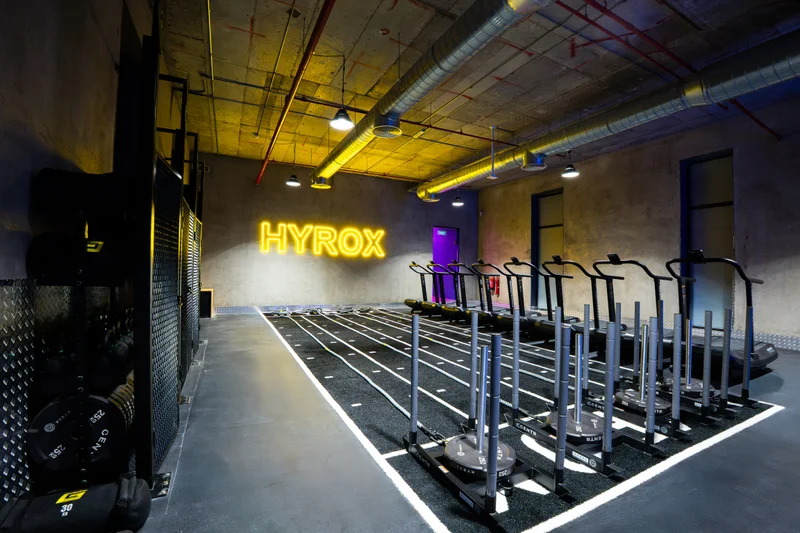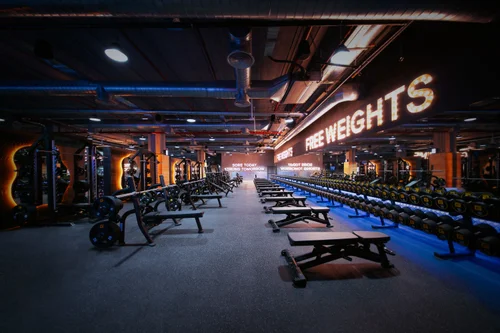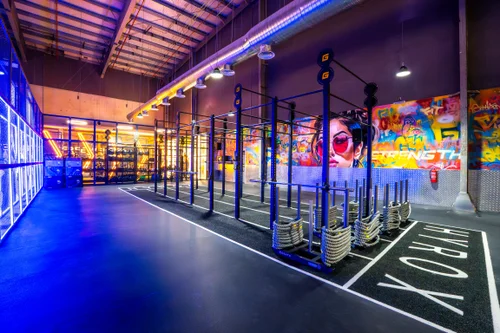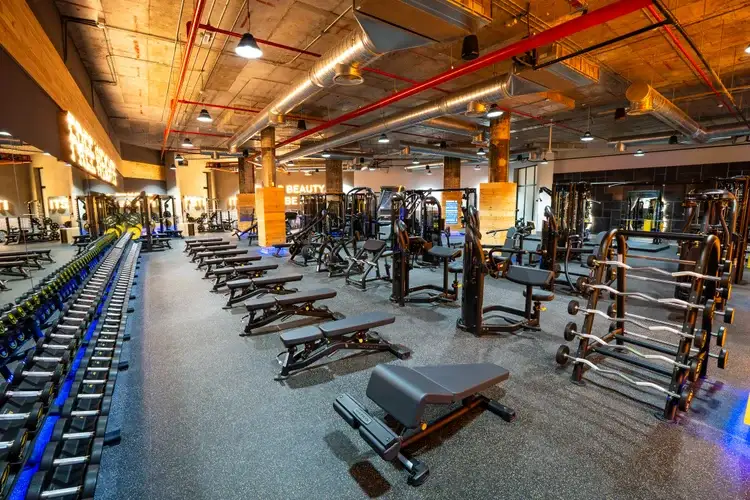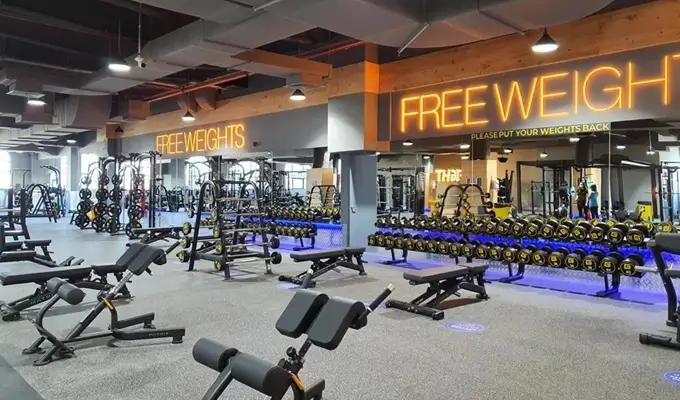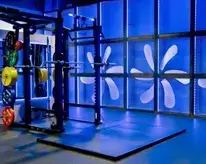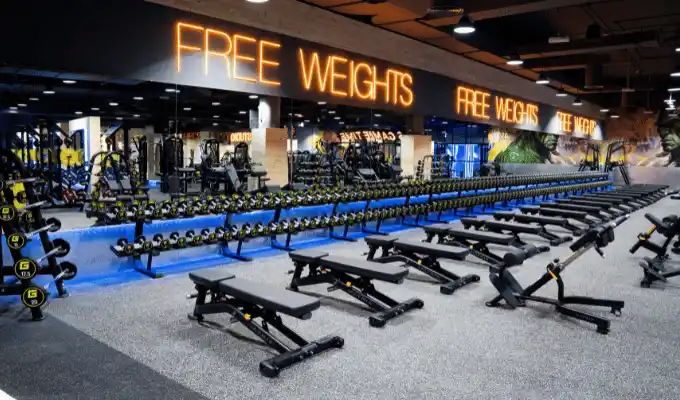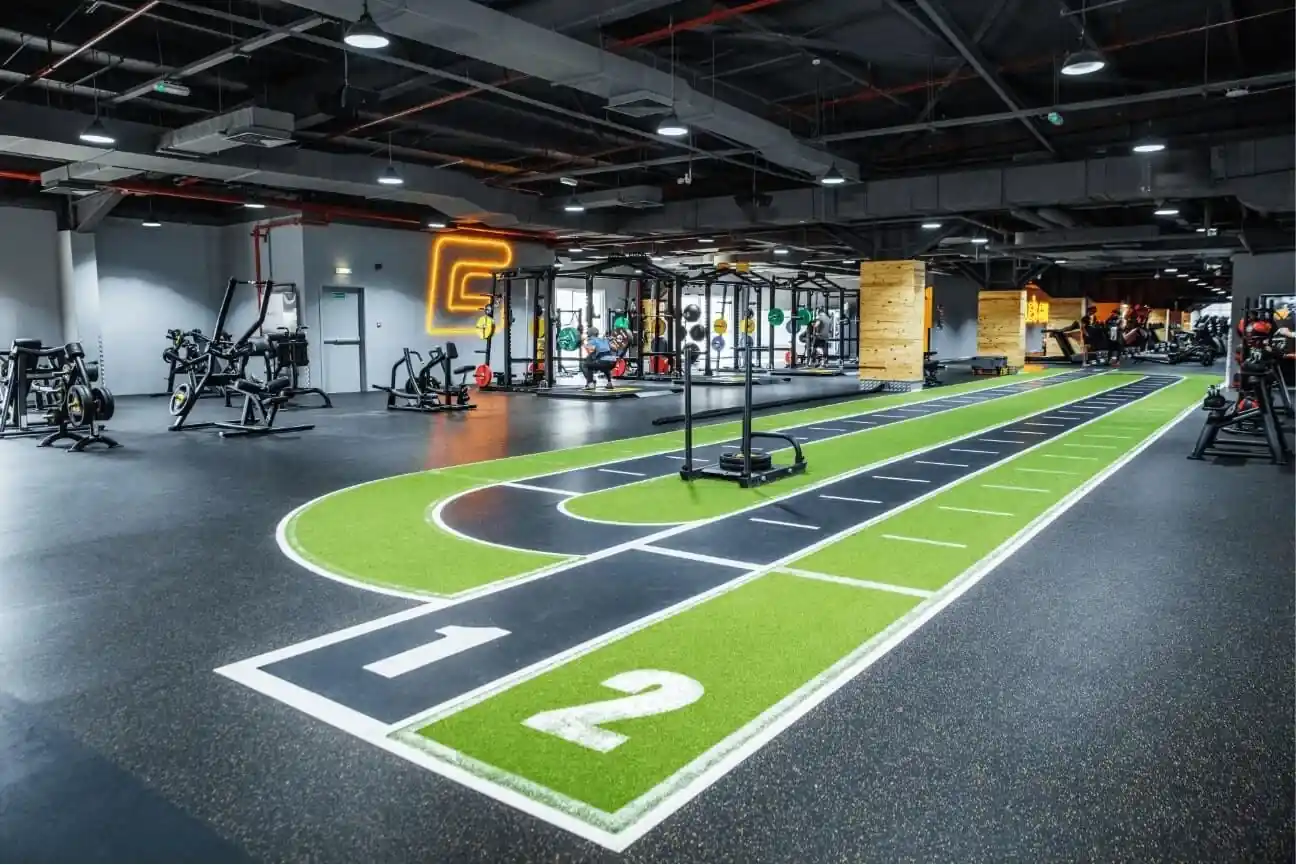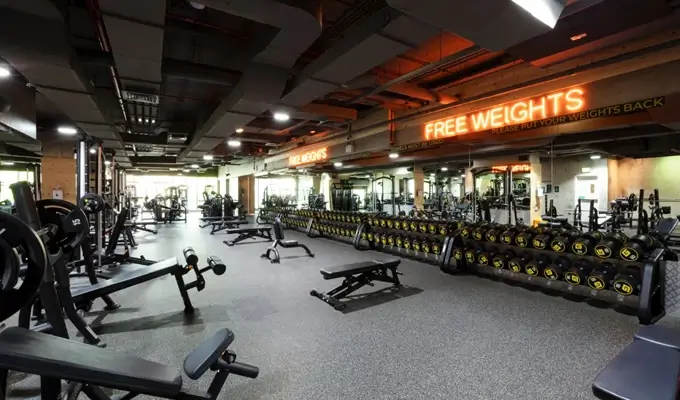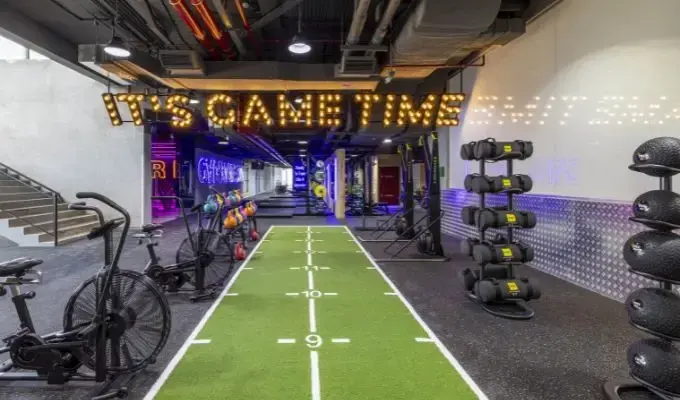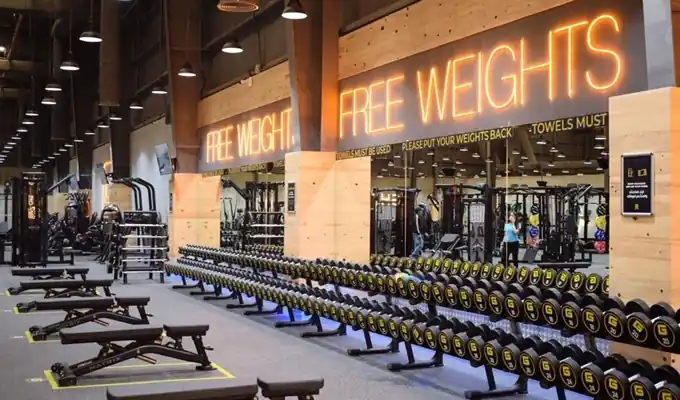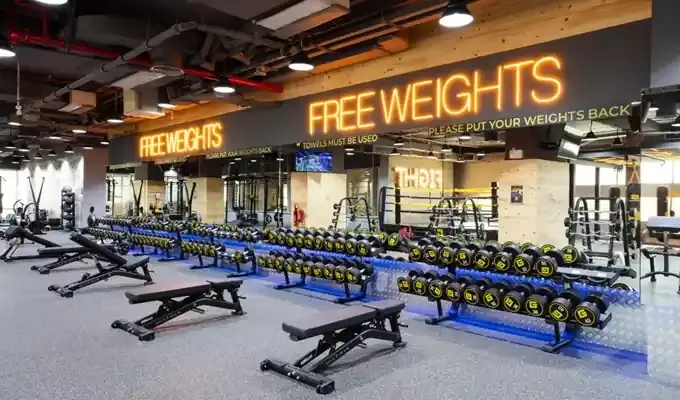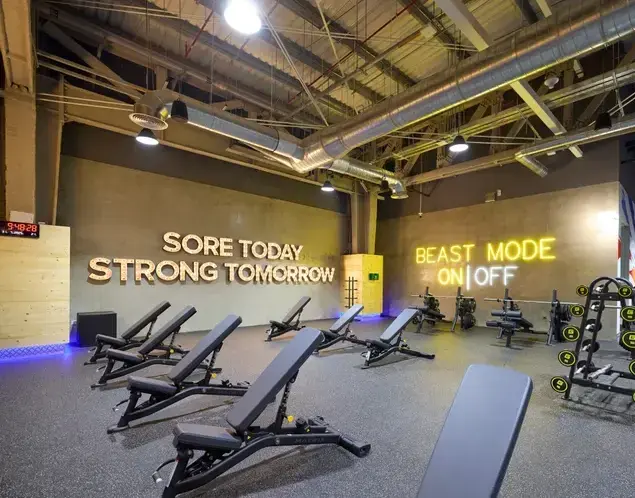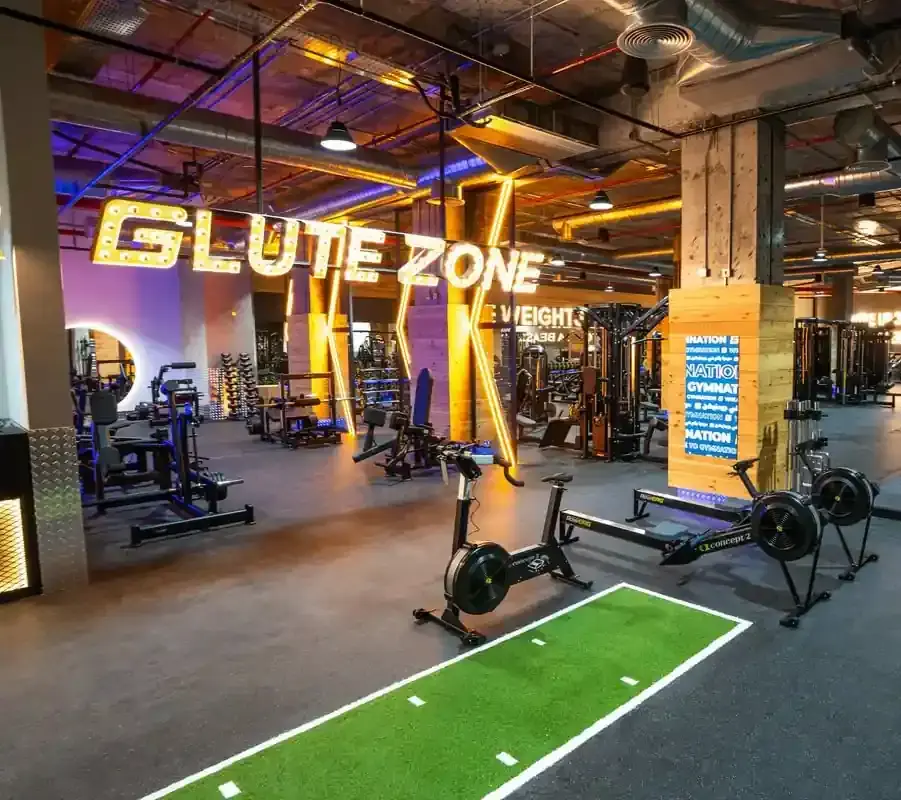How Long Does It Really Take to Lose Muscle?

SIGN UP FOR YOUR FREE DAY PASS TODAY!
Ever skipped the gym for a few days, only to realize weeks have flown by? Whether it’s due to work, travel, injury, or life just happening, you may wonder, "Have I lost all the progress I worked so hard for?"
You’re not alone. Many face this concern, and as a seasoned strength coach with certifications like C.S.C.S. and USAW National Coach, I’ve seen countless individuals bounce back stronger after taking time off. The good news?
You’re likely not back at square one. But how long does it actually take to lose muscle? Let's explore the science behind it.
How Quickly Can Muscle Loss Start?
Unfortunately, muscle deterioration begins sooner than you’d hope.
“If you completely stop exercising, muscle mass can start to decrease within two weeks,” explains Mike Young, Ph.D., C.S.C.S.D., and owner of Athletic Lab.
“Strength takes longer to fade, with most people retaining about 80% of their strength for up to six weeks. But the longer you're inactive, the faster atrophy sets in.”
This is part of a process called deconditioning, which includes declines in strength, endurance, and neuromuscular coordination due to inactivity.
However, the speed at which muscle is lost depends on several factors, including your fitness history, diet, and activity levels.
Even short, high-intensity resistance sessions (as little as 10 minutes a week) can help maintain your muscle mass.
Why Does Muscle Loss Happen?
Muscle atrophy doesn’t occur overnight, but there are a few main causes behind it:
Decreased Muscle Protein Synthesis
When you stop training, the muscle-building signals in your body weaken.
“The mechanisms that promote muscle growth become less efficient,” says Young, meaning your body’s ability to build or retain muscle decreases without consistent training stress.
Muscle Fiber Type & Group Differences
Not all muscles shrink at the same rate. Fast-twitch muscles, which power larger, more explosive movements, atrophy faster than endurance-based slow-twitch muscles. This means muscles like your glutes and quads may diminish quicker than smaller muscles like your calves.
Aging and Hormonal Changes
Testosterone levels naturally begin to decline around age 30, dropping around 1-2% each year. According to Young, this decline can result in a 3-5% loss in muscle mass per decade if you’re not training or maintaining a healthy lifestyle.
Sedentary Habits
Being inactive speeds up muscle loss. “Even low-intensity activities like walking or cycling are much better than sitting still,” Young emphasizes.
A sedentary lifestyle accelerates deconditioning and muscle atrophy significantly.
Low Protein Intake
Diet matters more than you might think. “Protein is the most critical dietary factor for muscle preservation,” Young says.
Aim for 1 gram of protein per kilogram of body weight daily as a baseline. During inactivity or weight loss, increase this to 2 grams per kilogram.
The Good News About Gaining it Back
Losing muscle doesn’t mean it’s gone forever. Thanks to muscle memory, your body can rebuild more quickly than you might expect.
"Muscles retain a 'memory' of their strength and size," Young explains. This is due to changes in muscle nuclei, which persist even after atrophy.
Most people can regain lost muscle in 4 to 8 weeks, though individual results vary based on factors like the length of the break, diet, and intensity of training.
Fat loss, when paired with better nutrition and cardio, can occur even sooner.
4 Key Tips for Rebuilding Muscle
Getting back on track doesn’t require jumping into an extreme regimen. Here’s how to restart smartly:
1. Focus on Compound Exercises
Stick to multi-joint movements like squats, deadlifts, presses, and pulls. These exercises activate multiple muscle groups at once, maximizing your results.
2. Keep Workouts Simple but Intense
Short resistance training sessions (even 10 minutes) can kickstart progress. These “minimum effective doses” are enough to reverse muscle loss and rebuild strength.
3. Prioritize Protein
After a training break, nutrition becomes even more vital. Aim for at least 2 grams of protein per kilogram of body weight during intense training or fat loss phases.
4. Don’t Skip Sleep
Sleep is essential for recovery. Lack of sleep reduces testosterone and growth hormone production, both of which are critical for muscle growth and repair.
5. Stay Consistent
The key to success lies in showing up. “Even if you do something small, it’s far better than doing nothing,” says Young. Consistency, paired with effort, delivers results over time.
The Bottom Line
Muscle loss can begin as quickly as two weeks without exercise, but rebuilding is easier than starting from scratch.
With muscle memory, proper training, and a solid diet, most people can regain strength and size within a couple of months.
The takeaway? Life happens, and taking breaks is normal. What matters most is showing up when you're ready.
Just start small, be patient, and keep consistency as your guiding principle. Before long, you'll be back to crushing your goals at the gym.
Source: mensfitness
The opinions shared in the GymNation blog articles are solely those of the respective authors and may not represent the perspectives of GymNation or any member of the GymNation team.
GET YOUR FREE TRIAL TODAY




















